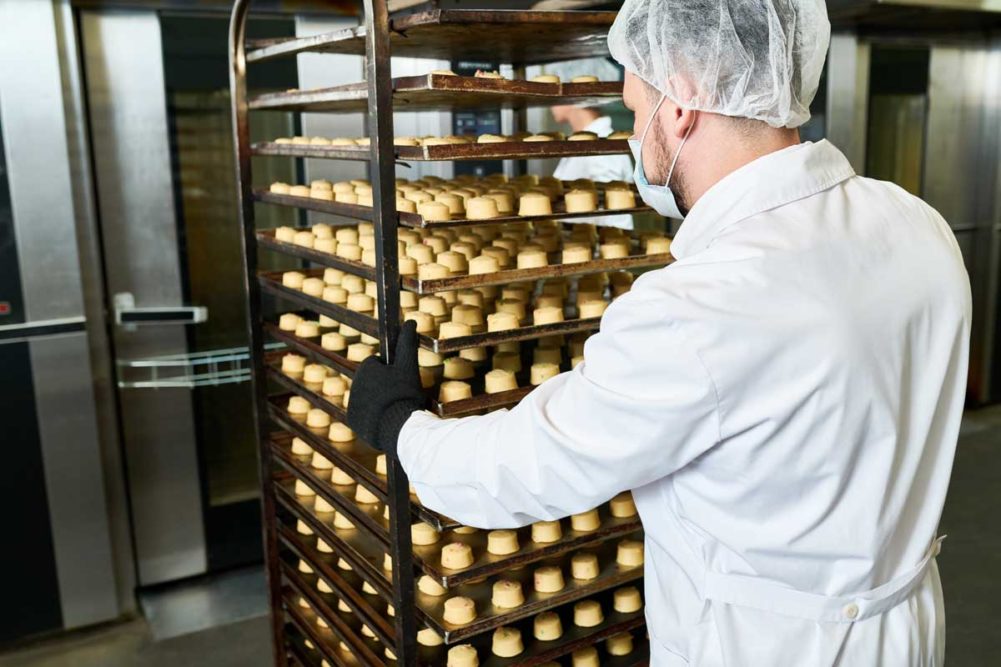Hans Besems, executive product manager, AMF Bakery Systems, advocates both classroom and hands-on training to deliver the best results when starting up a new sweet goods line.
“First, you must explain what the process is, how to properly operate the equipment on the line and then execute first runs of production on the line,” he said. “Typically, this takes at least a week to bring all operational teams up to speed, especially when teaching multiple shift teams. Unfortunately, a lot of companies don’t take the time to invest during this development phase. However, this will ensure bakeries achieve maximum efficiency in the shortest time on the line.”
AMF Tromp also trains line operators on trial-and-error procedures.
“For example, what do you do when something goes wrong on the line?” Mr. Besems asked. “We teach operators what to do in these cases again both in class as well as in real life on the line during the startup phase.”
On makeup lines, he recommended allocating enough space for future additions to make new products.
“Customers know what they make today but not necessarily what they will make tomorrow,” Mr. Besems said. “The biggest challenge with achieving maximum volume is in the oven. When you make baked products, our Den Boer tunnel ovens are of modular design so we can extend them at a later stage.”
Bottlenecks, like traffic jams, aren’t necessarily bad. They’re often the sign of a bakery experiencing growing pains, which is good news.
“When installing a new line, you tend to oversize the system,” said David Moline, vice president of sales and marketing, Moline Machinery. “Today, you may need 10,000 lbs an hour of production, and three to five years from now, it’s 12,000 to 15,000 lbs an hour. It’s obvious that you want to size the system for 15,000 lbs an hour. There is always going to be a design bottleneck in a system. Ideally, depending on the product, you want to plan for future expansion around that bottleneck with the least amount of investment possible.”
For successful bakers, planning ahead is one way to keep traffic flowing smoothly, at least until they encounter the next fork in the road.
This article is an excerpt from the May 2020 issue of Baking & Snack. To read the entire feature on sweet goods processing, click here.






